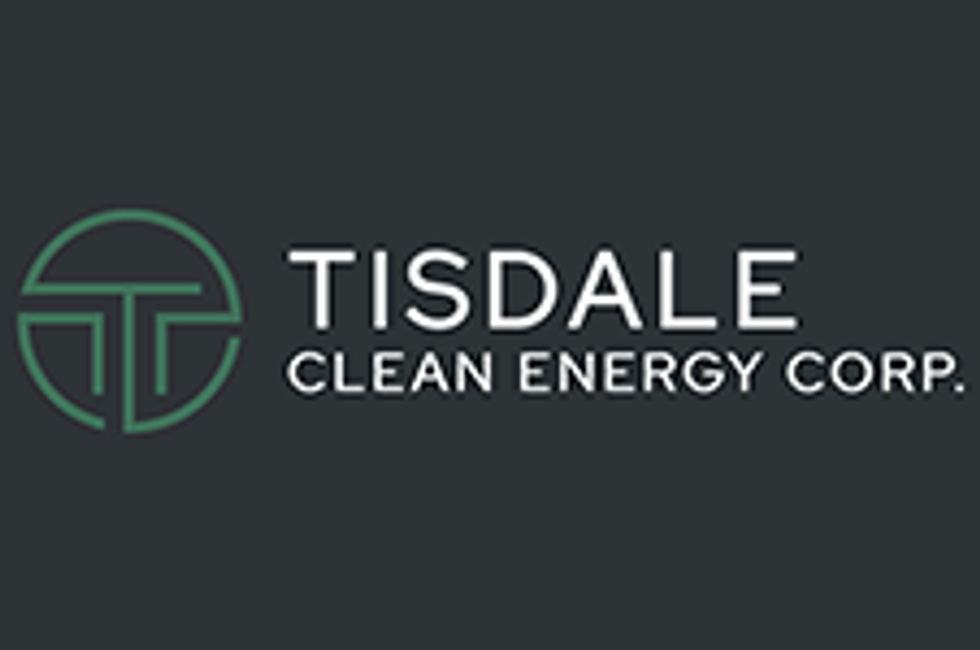- AustraliaNorth AmericaWorld
Investing News NetworkYour trusted source for investing success
- Lithium Outlook
- Oil and Gas Outlook
- Gold Outlook Report
- Uranium Outlook
- Rare Earths Outlook
- All Outlook Reports
- Top Generative AI Stocks
- Top EV Stocks
- Biggest AI Companies
- Biggest Blockchain Stocks
- Biggest Cryptocurrency-mining Stocks
- Biggest Cybersecurity Companies
- Biggest Robotics Companies
- Biggest Social Media Companies
- Biggest Technology ETFs
- Artificial Intellgience ETFs
- Robotics ETFs
- Canadian Cryptocurrency ETFs
- Artificial Intelligence Outlook
- EV Outlook
- Cleantech Outlook
- Crypto Outlook
- Tech Outlook
- All Market Outlook Reports
- Cannabis Weekly Round-Up
- Top Alzheimer's Treatment Stocks
- Top Biotech Stocks
- Top Plant-based Food Stocks
- Biggest Cannabis Stocks
- Biggest Pharma Stocks
- Longevity Stocks to Watch
- Psychedelics Stocks to Watch
- Top Cobalt Stocks
- Small Biotech ETFs to Watch
- Top Life Science ETFs
- Biggest Pharmaceutical ETFs
- Life Science Outlook
- Biotech Outlook
- Cannabis Outlook
- Pharma Outlook
- Psychedelics Outlook
- All Market Outlook Reports

Nuclear demand is on the rise in India, prompting the country to explore and develop uranium deposits within its borders.
Recently it has been discussed that India should be exploring for uranium—in the south-central region specifically—because it’s estimated to have approximately 20,000 tonnes of uranium deposits in a handful of areas within the sector.
India received its first shipment of uranium from Canadian company, Cameco (TSX:CCO), last December. However, exploration and research of uranium deposits within the country launched as early as January of this year.
The purpose of the exploration was to identify and evaluate uranium resources required for the implementation of atomic energy programme for India.
Abhinav Kumar, head survey of the team, said, “The Aravali-Delhi fold belt constitutes the Proterozoic basins such as Cuddapah basin in Andhra Pradesh, Gwalior Vindhya Basin in Madhya Pradesh, etc., where multi-disciplinary investigations have been taken up in search of unconformity related uranium deposits.”
How do uranium deposits in India stack up?
High nuclear demand from India, as well as China and the United Arab Emirates (UAE), has also boosted uranium demand. Thus, India must either import uranium or explore for potential uranium deposits within the country in order to secure the resources needed for additional nuclear reactors, according to Atomic Energy Commission (AEC) Chairman and Security, Sekhar Basu.
The proposition that India should advance exploration of uranium deposits is huge. According to the World Nuclear Association (WNA), due to earlier trade bans and lack of indigenous uranium, the country has been developing a nuclear fuel cycle to exploit its reserves of thorium.
The WNA also noted that the Uranium Corporation of India plans to use uranium deposits in the Bhima belt from Sedam in Gulbarga to Muddebihal in Bijapur, but didn’t specify when.
What uranium and thorium means for India’s nuclear energy
Placing India on the map as a power house in nuclear energy is on the rise, thanks to uranium and thorium. India has one of the largest reserves of thorium in the world, according to Dr. R. Chidambram, scientific advisor to the prime minister of India.
Former AEC chairman and ex-secrsatary Department of Atomic Energy (DAE) M.R. Srinivasan said that no one is ahead of India in the direction of the development of next generation nuclear reactors that use thorium as a fuel.
By itself, thorium is not a fuel: it is a potential fuel placed in a reactor and other fissile material is required to convert it into Uranium 233.
The Advanced Heavy Water Reactor (AHWR) will be fueled by a combination of uranium 233, converted from thorium, and plutonium. Uranium 233 is the reactor fuel that’s used for the third stage of the Indian nuclear power programme.
It is expect that the AHWR design will start working next year, according to Srinivasan. He also said it will have a thorium blanket around the reactor core, which will generate more uranium 233 as the reactor goes operational. This will result in the production of more uranium fuel that could potentially help sustain long term fuel requirements for the power generation.
By 2050, India is aiming to supply 25 percent of its electricity from nuclear power, as noted by the WNA.
Uranium companies to look at
While India is looking to develop its uranium resources in order to fuel growing nuclear demand, it’s worth remembering that bringing a mine from discovery to production takes many years. In the meantime, the country must get its uranium from other sources.
Uranium prices are struggling right now, but as FocusEconomics notes, the construction of new reactors in China, India and Russia is expected to relieve pressure on oversupply and boost prices moving forward.
With that promise for uranium in India in mind, here’s a sample of a few mining stocks at various stages of advancement within the uranium space.
Cameco
One of the largest uranium producers in the world, Cameco is an obvious choice because it is directly involved in the shipment of uranium to India. The shipment, which was the company’s first to India, is under a uranium supply contract after the nuclear cooperation agreement between Canada and India came into effect in September 2013. The contract is to supply 7.1 million pounds of uranium concrete to India’s Department of Atomic Energy for a period to 2020.
More recently, Cameco signed an agreement with joint stock company national atomic company Kazatomprom and joint venture Inkai LLP to restrict and enhance JV Inkai.
Tim Gitzel, president and CEO of Cameco said, “This agreement strengthens our partnership with another global leader in uranium mining and moves both Cameco and Kazatomprom closer to realizing the full potential of their investment in JV Inkai.”
Uranium One (TSX:UUU)
Uranium One is another one of the world’s largest uranium producers, with assets in Kazaksthan, US, Australia and Tanzania. Earlier in May, the company released its production for the first quarter of 2016.
Uranium One’s total attributable production for the first quarter was 3 million pounds, with average total cash cost per pound sold of material at $11 per pound during the first quarter compared to $14 per pound during the same time frame in 2015.
Forum Uranium (TSXV:FDC)
Finally, an earlier stage play, Forum Uranium is a Canadian-based company currently focused on the acquisition, exploration and development of uranium projects in the Athabasca Basin in Saskatchewan and the Thelon Basin in Nunavut.
The company recently announced the 100 percent acquisition of the interest in two claims totaling 6,530 hectares in the Russell Lake area. Forum will pay $7,500 and issue 25,000 shares for the claims, subject to the TSXV Exchange approval.
Don’t forget to follow us @INN_Resource for real-time news updates!
Securities Disclosure: I, Jocelyn Aspa, hold no direct investment interest in any company mentioned in this article.
Editorial Disclosure: Forum Uranium is a client of the Investing News Network. This article is not paid-for content.
Outlook Reports
Featured Energy Investing Stocks
Browse Companies
MARKETS
COMMODITIES
| Commodities | |||
|---|---|---|---|
| Gold | 2366.99 | -15.87 | |
| Silver | 28.22 | +0.05 | |
| Copper | 4.36 | 0.00 | |
| Oil | 82.74 | +0.05 | |
| Heating Oil | 2.58 | 0.00 | |
| Natural Gas | 1.72 | +0.01 | |
Investing News Network websites or approved third-party tools use cookies. Please refer to the cookie policy for collected data, privacy and GDPR compliance. By continuing to browse the site, you agree to our use of cookies.





